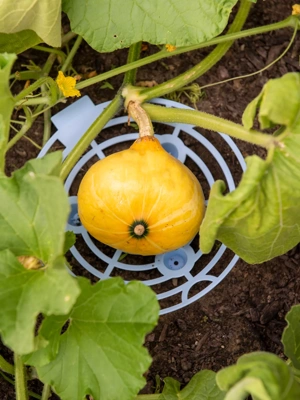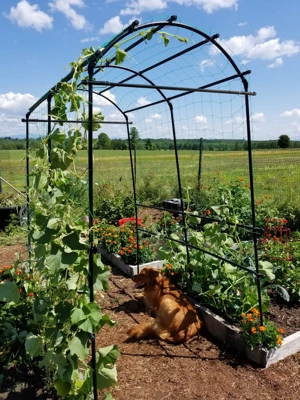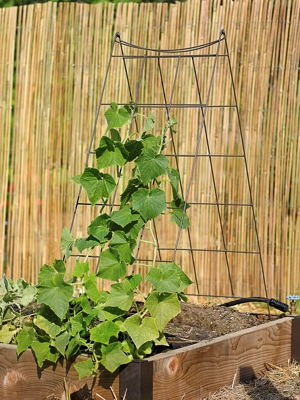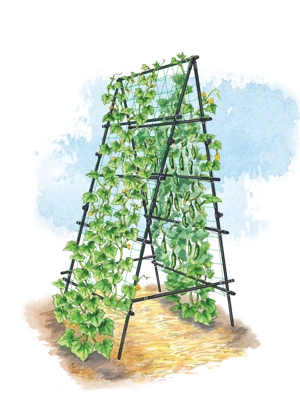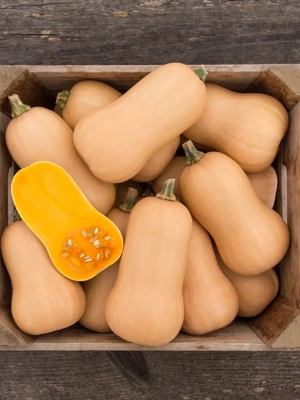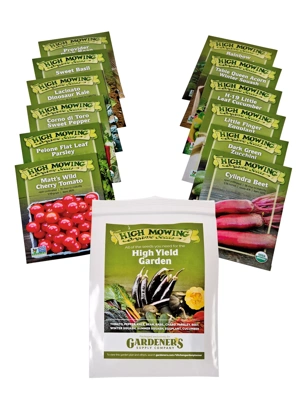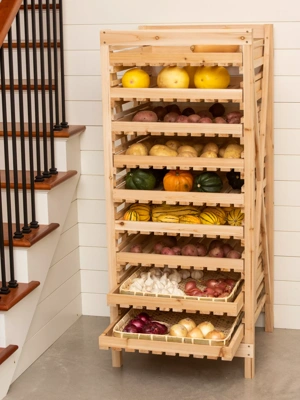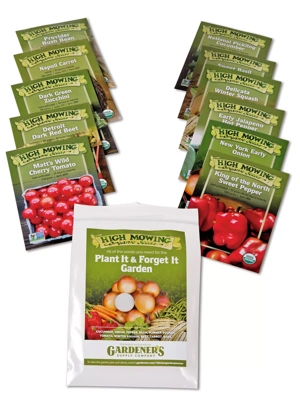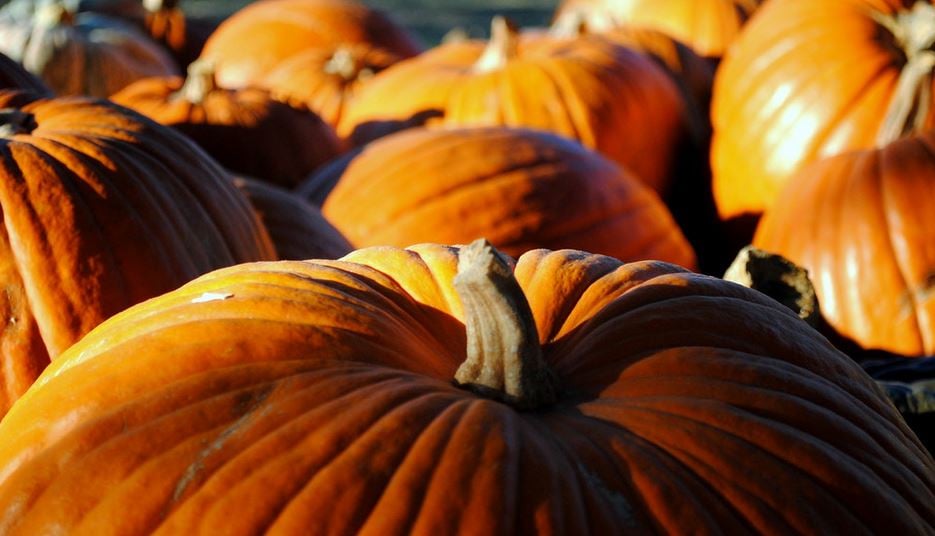Winter Squash
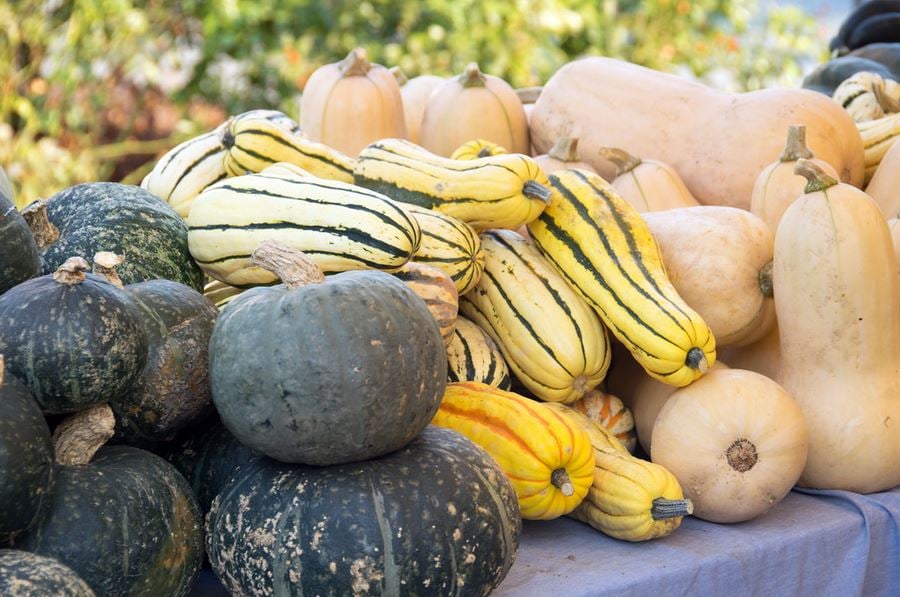 Kabocha, Delicata, and Butternut Squash Photo: Asman and Lenoble
Kabocha, Delicata, and Butternut Squash Photo: Asman and Lenoble Some winter squash varieties send out vines that are 10 to 20 feet long. This can be a bit challenging for a raised-bed garden. The solution is to either grow them on a support (use a mesh bag or fabric to help support extra heavy fruit), or plant them on an outside corner of your raised bed and let them ramble onto the grass. Another option is to look for more compact bush or semi-bush varieties.

Like summer squash, winter squash need rich soil that's been amended with compost. They need warm weather and warm soil to grow and produce well. In most cases, it takes 90 to 100 days from planting seeds until the squash are ripe. Cold-climate gardeners may want to get an early start by planting seeds indoors about three weeks before the last spring frost. Plant two seeds per 3" pot, and cut off one if both grow.
Transplant into the garden a week or two after the last spring frost. You can warm the soil by covering it with clear plastic, which works better than the traditional black plastic as long as you seal the edges with soil to contain the heat. Coverning young plants with hoops and garden fabric creates a cozy microclimate that hastens growth. Be sure to remove the fabric when plants begin to produce flowers so pollinators can reach them.
As the vines grow, watch carefully for signs of squash-vine borer, an insect pest that can ruin your crop. Some winter squash — the bigger ones, generally — will only produce a couple of fruit per plant. The seed catalog or seed packet should tell you what to expect.
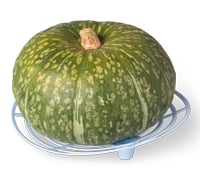 By elevating cantaloupes, honeydews, small watermelons and squash up off the ground, the Melon and Squash Cradle allows air to circulate, promoting even ripening and minimizing rot.
By elevating cantaloupes, honeydews, small watermelons and squash up off the ground, the Melon and Squash Cradle allows air to circulate, promoting even ripening and minimizing rot.Butternut squash is a high-yielding winter squash and almost the entire fruit is edible. Most other types of squash and pumpkins have thick skins, large interior cavities and lots of seed. Delicata squash are tasty and just right for two servings. Buttercup and acorn squash produce medium-sized fruits and are good for storage, as are most winter squashes. Hubbard squash are great for soup, but often get to be 15 to 20 pounds, which can be too much of a good thing.
Harvest your winter squash in the fall, before they can be damaged by frost. Before being stored away, they should be cured in a warm, dry place for several weeks to allow their skin to toughen. Most winter squash taste better after they've been cured and then stored for a couple weeks, than they do straight from the garden.
Store winter squash in a cool, dry indoor room. A temperature of about 60 degrees F. is ideal so some people store them under the bed in an unused bedroom. Winter squash will rot quickly in the cool and humid conditions of a cellar or garage.
Last updated: 03/27/2023
Print this Article:
Related items
Related Articles
Get the Dirt
Stay up to date on new articles and advice. Please fill out the information below.

